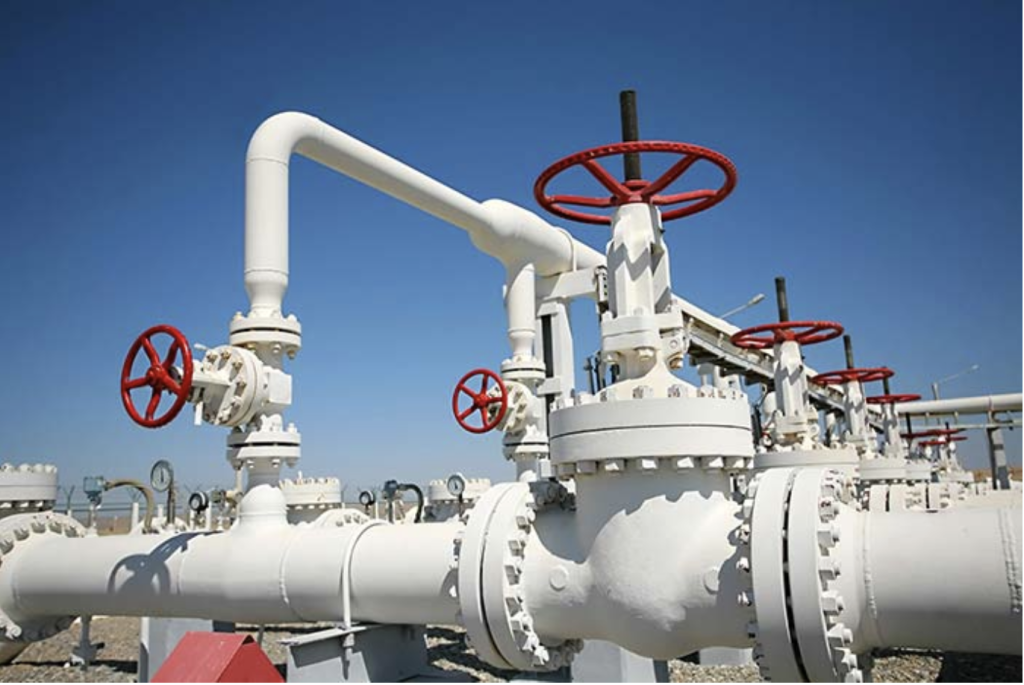Maintaining and Troubleshooting Gate Valves: Best Practices
Introduction:
Gate valves are essential components in various industries, providing reliable flow control and shut-off capabilities. To ensure their optimal performance, proper maintenance and troubleshooting practices are essential. Gate valve manufacturers play a crucial role in providing reliable valves, but it is equally important for users to understand best practices for maintaining and troubleshooting gate valves. In this article, we will discuss the best practices for maintaining and troubleshooting gate valves, emphasizing the significance of partnering with reputable gate valve manufacturers.
Regular Inspections and Lubrication
Regular inspections are crucial for gate valve maintenance. Inspect the valve body, stem, and other components for any signs of damage, wear, or leaks. Additionally, proper lubrication of the stem and other moving parts is essential to prevent friction and maintain smooth operation. Consult the manufacturer’s recommendations for the appropriate lubricant to use.
Valve Cleaning and Flushing
Valve cleaning and flushing are important steps in maintaining gate valves. Regularly clean the valve body and remove any debris or sediment that may obstruct the flow or interfere with the operation. Flushing the valve by fully opening and closing it periodically helps remove any accumulated particles and maintain the valve’s functionality.
Verifying Valve Alignment and Position
Proper valve alignment and position are crucial for optimal performance. Ensure that the gate valve is installed correctly and aligned with the pipeline. Any misalignment can lead to increased friction, leakage, or difficulty in operation. Additionally, check the valve position indicator to verify that it accurately indicates the actual position of the gate.
Addressing Leaks and Seal Integrity
Gate valves should have a tight seal when fully closed to prevent leakage. Monitor the valve for any signs of leaks, such as drips or drops. Address any leakage promptly to prevent larger issues and ensure the seal integrity of the valve. Potential causes of leaks include worn-out seals, damaged disks, or improper installation.
Proper Valve Operation and Avoiding Over-tightening
Proper valve operation is essential to prevent damage and ensure longevity. Avoid excessive force or over-tightening when operating the valve. Applying excessive force can damage the valve components or cause misalignment, leading to operational issues. Follow the manufacturer’s guidelines for operating the valve to ensure smooth and precise operation.
Troubleshooting Operational Issues
In the event of operational issues with gate valves, troubleshooting is a necessary step. Common issues include difficulty in opening or closing the valve, irregular flow control, or unusual noises. Identify the root cause of the problem by inspecting the valve components, checking alignment, lubrication, and seal integrity. Consult the manufacturer or a professional if needed.
Conclusion:
Proper maintenance and troubleshooting practices are essential for gate valve longevity and optimal performance. Regular inspections, lubrication, cleaning, and verifying alignment and position are key maintenance practices. Addressing leaks promptly and ensuring proper valve operation are crucial for maintaining seal integrity and preventing damage. Troubleshooting operational issues with gate valves requires identifying underlying causes and taking appropriate measures. By following these best practices, users can ensure the proper functioning of gate valves and prolong their lifespan. Partnering with reputable gate valve manufacturers provides access to high-quality valves and expert guidance for maintenance and troubleshooting concerns.

















